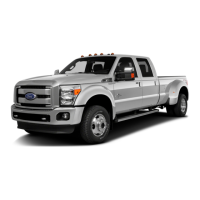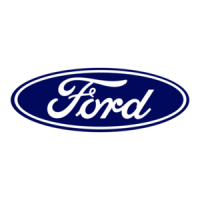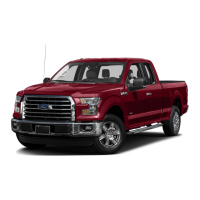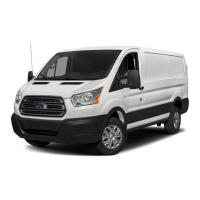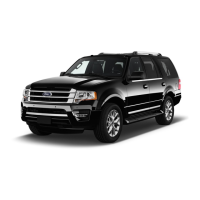What to do if I lost the only admin key for my Ford Automobile?
- DDawn JonesJul 26, 2025
If you've lost the only admin key for your Ford Automobile, you should purchase a new key from your authorized dealer.
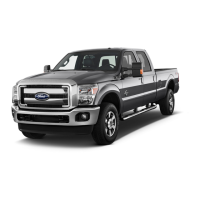
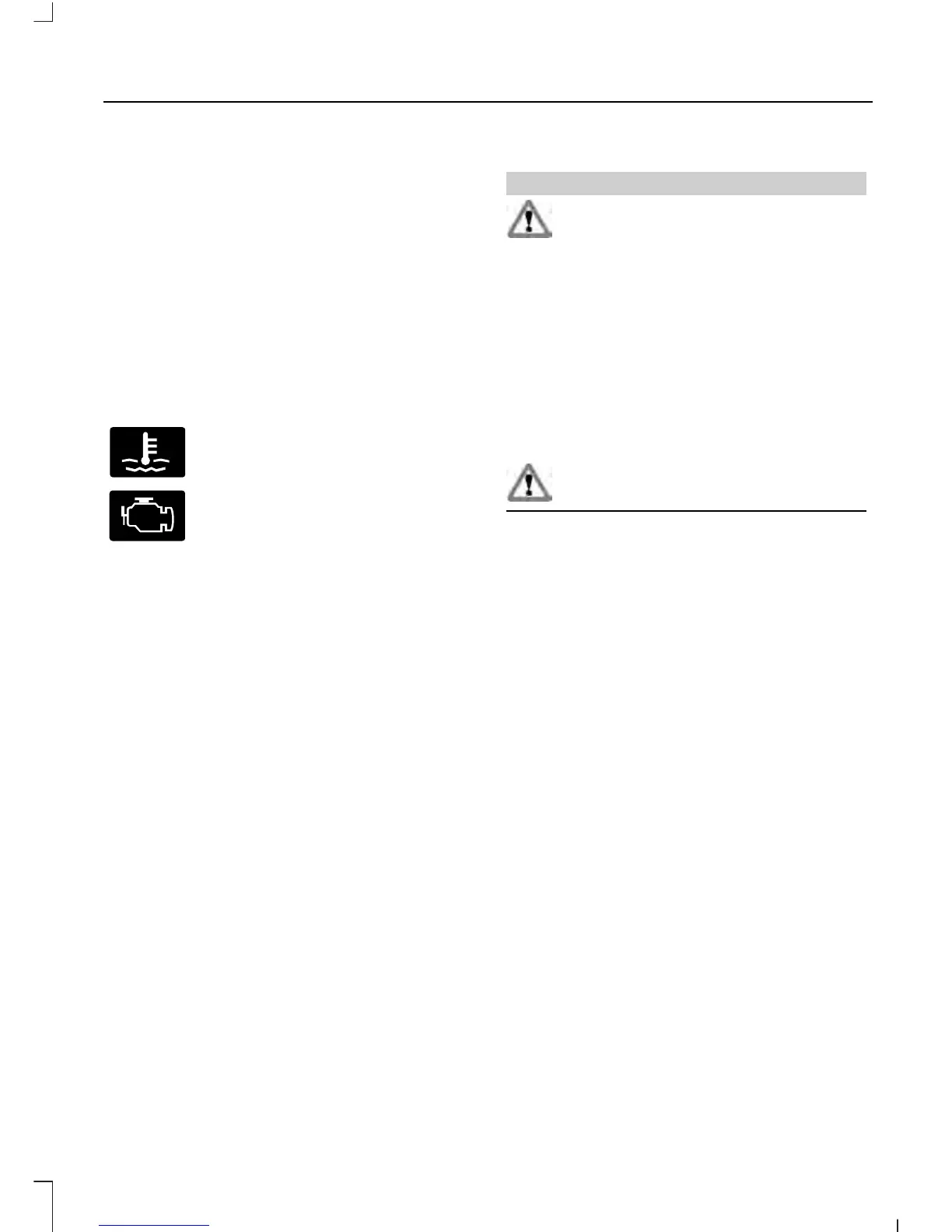 Loading...
Loading...
What to do if I lost the only admin key for my Ford Automobile?
If you've lost the only admin key for your Ford Automobile, you should purchase a new key from your authorized dealer.
Why I cannot create a MyKey on my Ford Automobile?
You may not be able to create a MyKey on your Ford Automobile for the following reasons: * The key used to start the vehicle does not have admin privileges. * The key used to start the vehicle is the only admin key. There always has to be at least one admin key. * The SecuriLock passive anti-theft system is disabled or in unlimited mode.
| Brand | Ford |
|---|---|
| Model | 2016 SUPER DUTY |
| Category | Automobile |
| Language | English |
Explains the vehicle's service data and event data recorders.
Step-by-step instructions for installing child seats using seat belts or LATCH system.
Instructions on how to properly fasten and use the combination lap and shoulder belts.
Details on the driver and front passenger airbags, including warnings and system components.
Information and warnings regarding side airbags and their proper use.
Explains the function and warnings associated with the Safety Canopy curtain airbags.
Explains how MyKey allows programming restricted driving modes to promote good driving habits.
Details on setting speed limits, volume limits, and other configurable MyKey options.
Instructions on using power door locks and remote control to lock and unlock the vehicle.
Details on the SecuriLock™ engine immobilization system.
Explains how the anti-theft alarm system works and how to arm/disarm it.
Explains the functions of the steering wheel audio controls.
Details on using voice commands to control vehicle features.
Instructions on how to use and set the cruise control system.
Instructions and warnings for operating power windows, including one-touch and bounce-back features.
Explanation of various warning lamps and indicators that alert the driver to vehicle conditions.
How to access system checks and customize vehicle features via the information display.
Explanation of manual climate control features and their operation.
Details on the automatic climate control system and its features.
Guidelines for achieving a proper driving position for safety and comfort.
Instructions for adjusting manual seat positions and recline.
Warnings and instructions for operating power seat adjustments.
How to save and recall seat, mirror, and pedal positions using memory settings.
Operation and warnings for heated seats, including personal safety.
Information on operating climate-controlled seats and their filters.
Step-by-step guide for programming garage door openers with rolling codes.
Instructions for programming garage door openers with fixed code DIP switches.
Information and warnings on using the 12-volt power points.
Details and warnings for using the 110-volt AC power point.
Step-by-step guide for starting a gasoline engine.
Important safety warnings and guidelines for handling automotive fuel.
Warnings and instructions for safely refueling the vehicle.
Explanation of automatic transmission operation and shift positions.
How to activate and deactivate the Tow/Haul feature and its benefits.
Information on safe operation of the 4WD system and warnings.
Details on the electronic locking differential for off-road use and its operation.
Explanation of the ABS system and its indicator light.
Instructions and warnings for setting and releasing the parking brake.
Instructions on using traction control, including when to turn it off.
Guidance on using AdvanceTrac® with Roll Stability Control™ (RSC®).
Details on AdvanceTrac with RSC features for single rear wheel vehicles.
Instructions for using the hill descent control feature.
Warnings and information about the parking aid system.
Details on the rear view camera system, including warnings and operation.
Explains how cruise control works and its speed limitations.
Instructions on using cruise control, including setting and changing speed.
Guidance on proper vehicle loading within design rating capability.
How to properly load the vehicle and trailer for maximum performance.
Step-by-step process to determine the correct load limit for the vehicle.
General information and warnings about towing a trailer.
Explanation of the trailer sway control feature and its operation.
Guidelines on trailer frontal area and high altitude operation adjustments.
Procedure for hooking up a trailer using a weight-distributing hitch.
Information and warnings regarding fifth-wheel trailer hitches.
Warnings and information about trailer brake systems and installation.
Tips to improve fuel economy and actions that reduce it.
Details on Ford's complimentary roadside assistance program in the U.S. and Canada.
Warnings and step-by-step instructions for jump starting a vehicle.
Detailed instructions and warnings for connecting jumper cables correctly.
Information on obtaining warranty repairs and finding authorized dealers.
Diagram and list of fuses and protected components in the power distribution box.
Location and identification of fuses in the passenger compartment fuse panel.
Step-by-step instructions and warnings for safely changing a fuse.
Diagram identifying engine compartment components for the 6.2L engine.
Diagram identifying engine compartment components for the 6.8L engine.
Instructions for checking the engine oil level and adding oil if necessary.
Procedure for resetting the oil life monitoring system after an oil change.
Warnings and instructions for checking engine coolant level and concentration.
Guidance on checking automatic transmission fluid level and service intervals.
Step-by-step instructions for checking the automatic transmission fluid level.
How to check brake fluid level and related warnings.
Procedure for checking power steering fluid level.
Instructions for checking and adding windshield washer fluid.
Warnings and instructions for changing the 12V battery.
Warnings and instructions for changing various vehicle bulbs.
Warnings and instructions for cleaning interior surfaces like fabric and seats.
Procedure for cleaning and conditioning leather seats.
Guidance on proper tire inflation and warnings about under-inflation.
Warnings and precautions for inflating tires, especially those with steel carcass plies.
Guidelines on using only recommended replacement tires and wheels.
Instructions for changing tires while maintaining the TPMS function.
How the TPMS works and what the warning lights indicate.
Step-by-step procedure to reset the tire pressure monitoring system.
Explanation of the TPMS, its warnings, and maintenance.
Technical specifications for 6.2L V8 and 6.8L V10 engines.
Explanation of the information contained in the Vehicle Identification Number (VIN).
Information on the Safety Compliance Certification Label and its location.
Capacities for engine oil, coolant, brake fluid, axles, and fluids for the 6.2L V8 engine.
Capacities for engine oil, coolant, brake fluid, axles, and fluids for the 6.8L V10 engine.
Controls for audio units with AM/FM, CD, and SYNC.
Controls for audio units with AM/FM, CD, and touchscreen display.
General information and features of the SYNC system.
Instructions for pairing and using your cell phone with SYNC.
Scheduled maintenance intervals for 6.2L and 6.8L gasoline engines.
